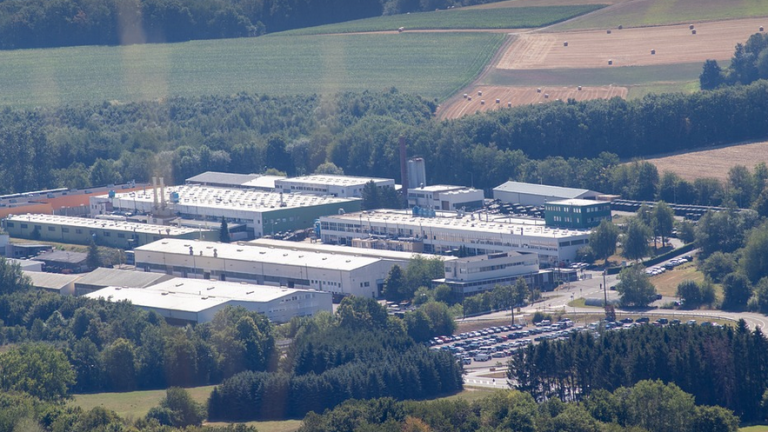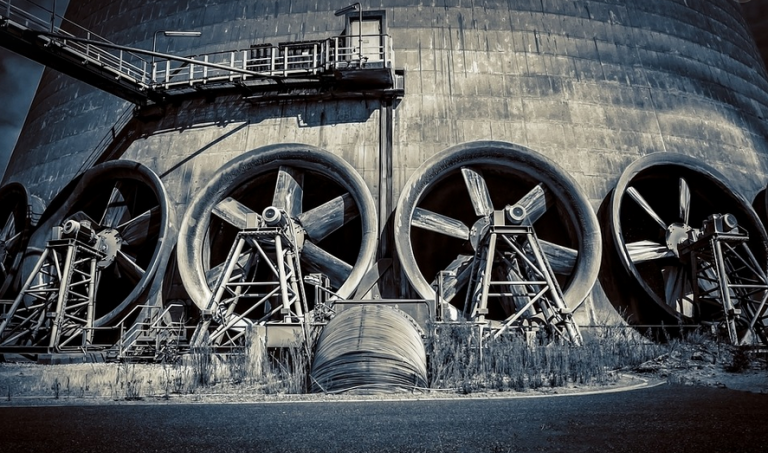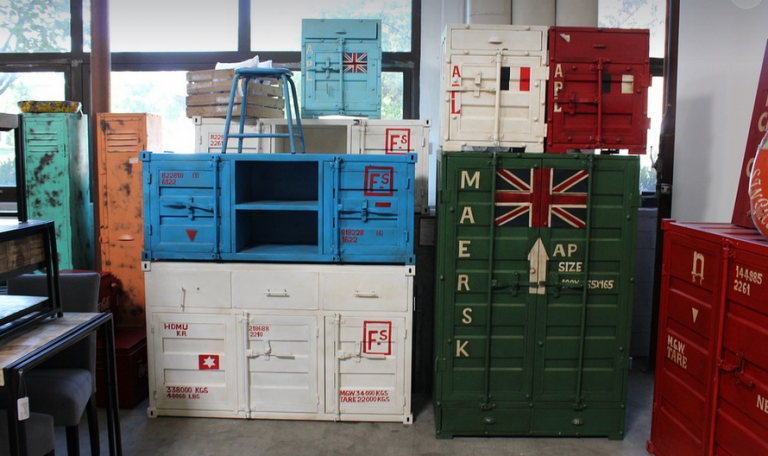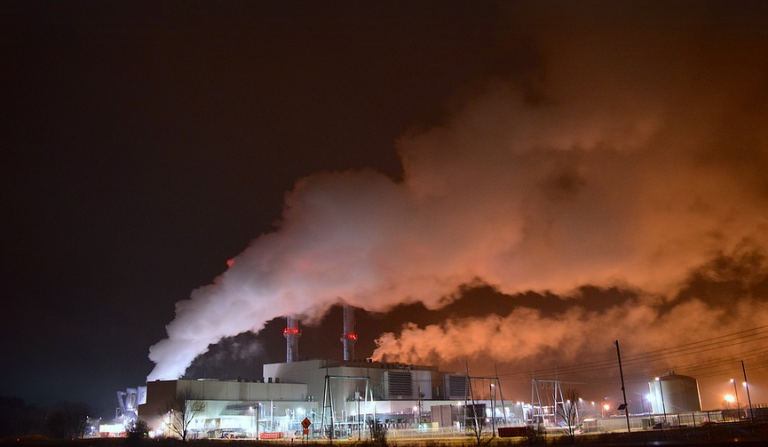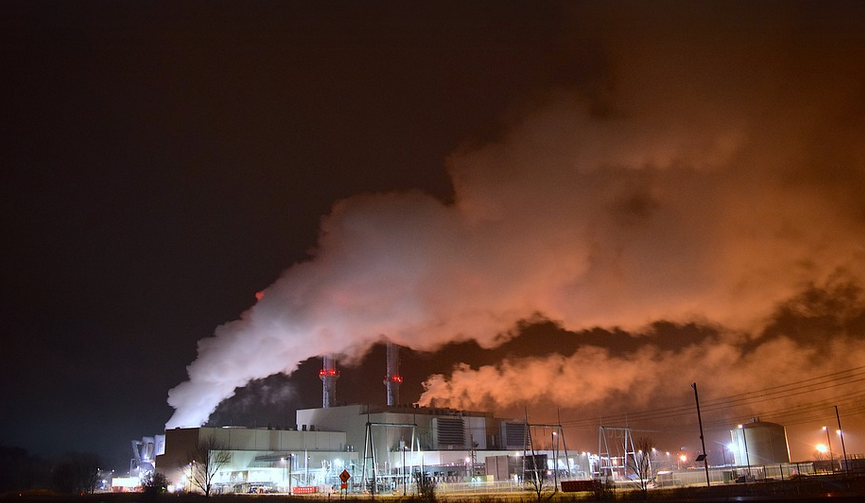
Understanding High-Density Polyethylene (HDPE)
High-density polyethylene, or HDPE for short, is a common plastic known for its durability and resistance to wear. It’s one of the most popular choices for piping systems in various industries, including water treatment, chemical processing, and even construction. Its high strength and flexibility make it ideal for handling liquids, gases, and solids. But when you’re working with HDPE, especially in challenging environments, knowing how to weld it effectively is crucial.
What Makes High Density Polyethylene Welding Special?
Welding HDPE isn’t as straightforward as welding other materials like steel or aluminum. The plastic nature of HDPE presents unique challenges. Unlike metals that melt and fuse together under heat, the process for HDPE involves melting and reforming a specific layer to form a strong bond, creating what’s known as “bead welding.” This technique has become increasingly popular due to its ability to strengthen and repair HDPE structures.
The key lies in using specialized welding rods designed specifically for HDPE.
High Density Polyethylene Welding Rods: A Closer Look
High-density polyethylene welding rods are carefully formulated to create strong bonds between sections of HDPE. They come in various sizes and compositions, tailored for specific applications:
- Rod diameter and length vary depending on the size of your project and desired weld strength. Smaller diameters might be needed for intricate repairs, while longer rods are often preferred for larger projects.
- Melting Point & Additives: HDPE welding rods have a melting point compatible with the temperatures required for effective fusion. Many contain additives like fillers and stabilizers that contribute to excellent bond strength and longevity.
- Color-coding and identification: Each welding rod carries a distinct color code or marking, allowing you to differentiate between different rod types and compositions.
The Art of Welding HDPE with Rods
Welding HDPE might seem like a complex process, but it’s becoming easier with the right tools and techniques. Here’s a glimpse into some key aspects:
**1. Right Equipment is Key:**
- Torch Selection: A high-quality welding torch designed specifically for HDPE is essential. It should offer precise control over heat distribution and gas pressure.
- Welding Position: Choose the correct welding position based on your project’s requirements. Some positions offer better weld quality, especially for pipes and fittings.
- **Safety First:** Always prioritize safety when working with welding equipment. Wear appropriate protective gear, including gloves, goggles, and a well-ventilated workstation.
**2. Mastering the Welding Process:**
- Preheating & Surface Preparation: It’s crucial to preheat the HDPE sections before welding to improve weld quality and minimize the risk of cracks or delamination. The surface should be clean and free from any contaminants.
- Welding Technique: Use slow, controlled movements with the welding rod to create a smooth, consistent bead structure. Focus on achieving uniform heat distribution while avoiding excessive pressure that might lead to distortion.
The Benefits of HDPE Welding Rods
Using high-density polyethylene welding rods offers several benefits for your projects:
- Seamless Bonding: These rods enable the creation of strong and seamless bonds between sections of HDPE, eliminating gaps or weak points.
- Durability & Strength: Weld rods enhance the overall strength, durability, and longevity of your HDPE structures.
- Cost-Effective Solution: Welding with these rods can be cost-effective compared to other repair methods due to their design for optimal bonding efficiency.
Conclusion
Welding high-density polyethylene is a critical skill that empowers you to maintain and extend the lifespan of your HDPE projects. When using HDPE welding rods, remember to prioritize safety and select the right equipment for your specific needs. The benefits of this approach are numerous, from enhancing strength and durability to saving time and resources, ultimately contributing to the overall success of your project.
Keep in mind that the information provided here is meant as a general overview. It’s essential to consult with experienced professionals or seek further guidance before undertaking any welding operations. They can answer specific questions about your particular project and help you choose the best tools and techniques for success.
